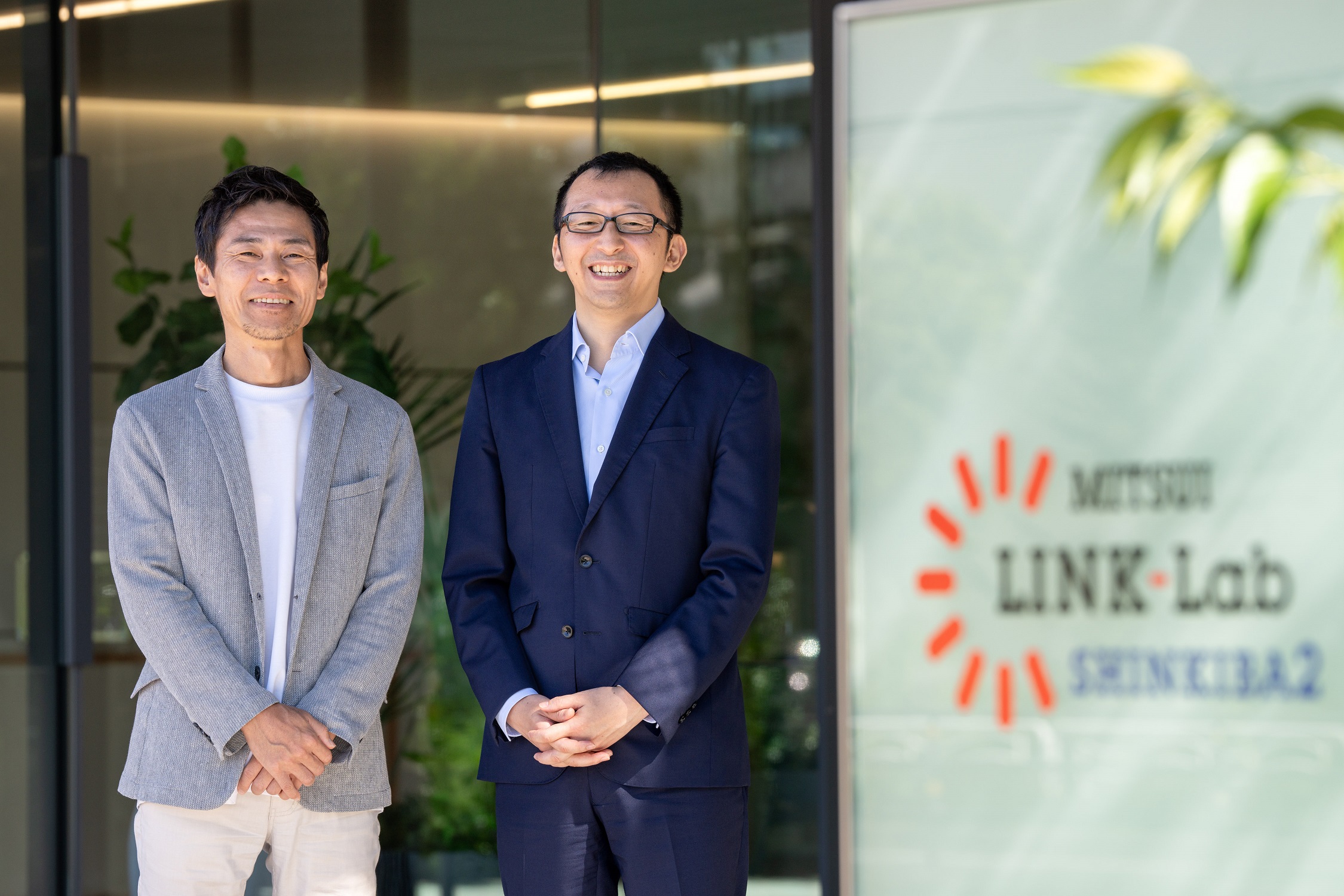Challenge the world of regenerative medicine research with the aim of further dramatic growth
First of all, please tell us about your business.
Kidswell Bio-Korin: We are a bioventure from Hokkaido University that was born in Sapporo, Hokkaido with the aim of developing biopharmaceuticals. The original company name was "Gen Techno Science Co., Ltd." and changed it to the current company name two years ago. Later, we revised some of our business policies and entered the biosimilar field. This business is growing steadily, and we have launched three products at present. The fourth product is scheduled to be launched later this year. After that, it also entered the field of regenerative medicine. Currently, we are developing our business with the two pillars of our business, biosimilar business and regenerative medicine business.
Kidswell BioMitani: We are not a pharmaceutical company, but a fabless business that does not have our own factories. Specifically, we will pass the drug candidates that we have commissioned and developed to CDMOs to our partner's pharmaceutical company to advance clinical development, and the pharmaceutical company will also be in charge of manufacturing and sales applications. We are developing our business with a business model of supplying raw materials to pharmaceutical companies.
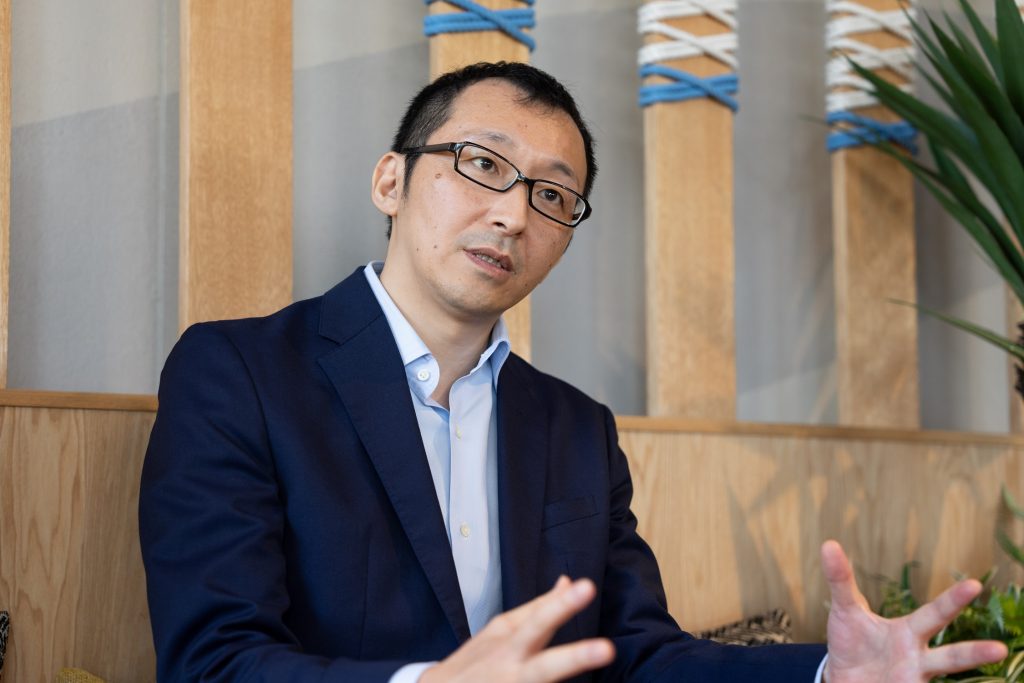
Please tell us a little more about your regenerative medicine business.
Kidswell Bio-Korin: Among our core businesses, the biosimilar business has been performing well since its entry. However, what bioventures like us are expected to be explosive growth rather than stable performance. Therefore, we acquired Cell Technology Co., Ltd., which had proprietary technology to extract SHED from milk teeth, and became a wholly owned subsidiary, and entered the regenerative medicine field in earnest. Actually, I was originally a member of your company, and I transferred to Kidswell with the sale of the company.
Kidswell BioMitani: We are currently conducting research and development of regenerative medicine for serious diseases using the isolation and culture technology of spinal stem cells originally owned by Cell Technology Corporation. SHED is characterized by its young and high cell growth potential. Since it is a naturally drained tooth, there is no physical burden. We have partnered with NPO corporations to contact the families who have agreed, collect milk teeth of children's donors who are almost changing to grow at a designated medical institution, and establish a one-stop service to manufacture SHED master cell bank under GMP at a manufacturing development contract company that partners with this as raw material. It is named "S-Quatre®" and is positioned in our core business.
Currently, we are aiming for practical use from both free medical care and insurance medical care.
Have you ever struggled with development?
Kidswell Bio-Korin: The launch of the SHED Master Cellbank business was difficult, and it took quite a while longer than originally expected. When I was at Cell Technology, I didn’t even have any guidance on getting organizations donated for commercial purposes. The Ministry of Economy, Trade and Industry (METI) issued guidance, and since then the business has progressed significantly. It took about three years to establish the SHED master cell bank after the approval of the university's ethics review committee of tooth extraction cooperative facilities.
Kidswell BioMitani: As far as we know, there are no companies that have already progressed to the clinical trial stage in regenerative medicine research using SHED, especially in the three poles of Japan, the United States, and Europe. Therefore, at the moment, we believe that we are the first runner in this area.
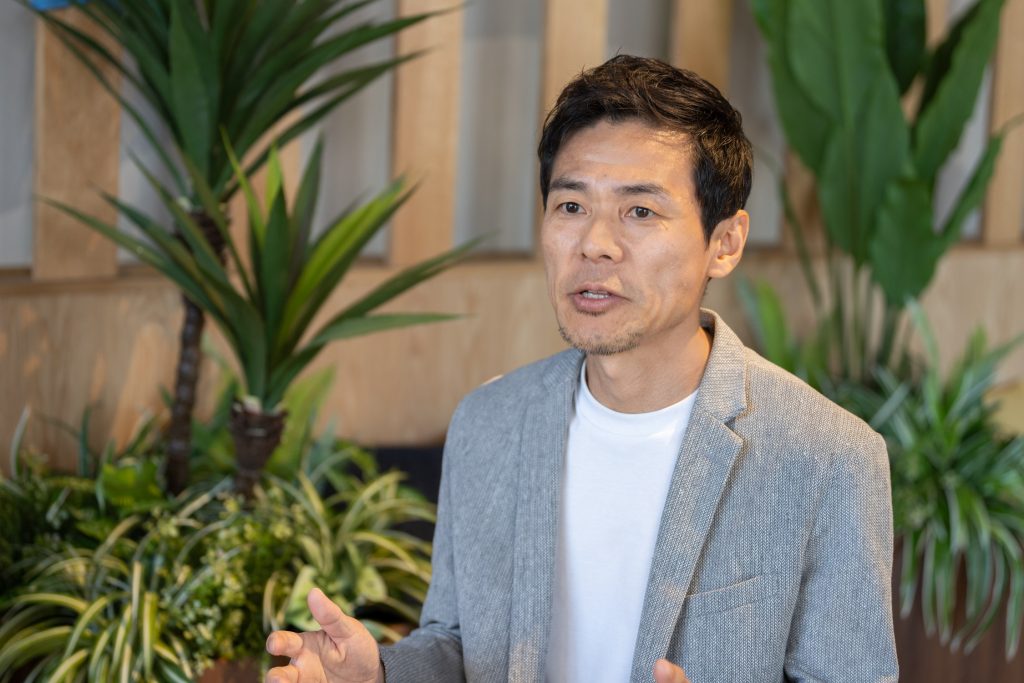
It's an interesting technique to use milk teeth. Please tell us your future policy.
Kidswell BioMitani: Currently, we are prioritizing clinical research based on the Regenerative Medicine Safety Act, but ultimately we aim to obtain approval as a regenerative medicine that can be reimbursed in insurance (products such as regenerative medicine). However, some diseases are more suitable for free medical treatment, so we will continue to promote research and development in both free medical care and insurance medical treatment. Preparations for the trial are also underway, and we plan to apply for the trial as soon as it is ready.
Is the use of cell banks a regenerative medicine product from the same type of cells?
Kidswell Bio-Korin: That's right. Our current business policy is to develop products such as regenerative medicine using the SHED master cell bank. However, in regenerative treatment for diseases with a very small number of patients, we believe that treatment using self-cell under the safe method is more suitable due to the difficulty of development under the medicinal method.
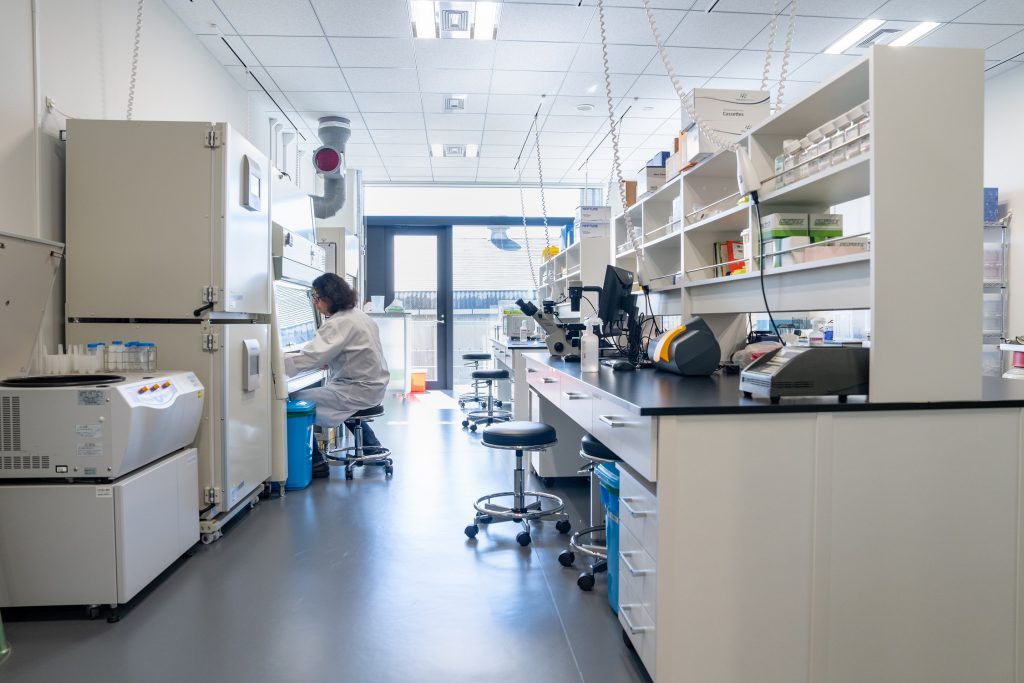
I would like to advance regenerative medicine research to the next step at Mitsui Link Lab Shinkiba 2
Please tell us why you moved into Mitsui Link Lab Shinkiba 2.
Kidswell Bio-Korin: In order to further develop our regenerative medicine business in the future, we thought it was urgently necessary to secure more research staff, and we thought that we should establish a research base in Tokyo separately from the research base on the Hokkaido University campus. Therefore, we examined several candidate sites and finally selected Mitsui Link Lab Shinkiba 2 in consideration of the viewpoint of securing human resources, the positional relationship that facilitates communication with the head office, and the common equipment room.
Kidswell BioMitani: Regarding the position of the research institute, the research institute in Sapporo will continue to be in charge of research and development for the practical use of naive stem cell technology, which is equivalent to the first generation of regenerative medicine research. On the other hand, Shinkiba Lab is in charge of the development of next-generation stem cell technology while introducing new ideas. At the same time, we will try to maximize the value of our cell technology, such as carrying genes and viruses, as a platform technology for new drug development.
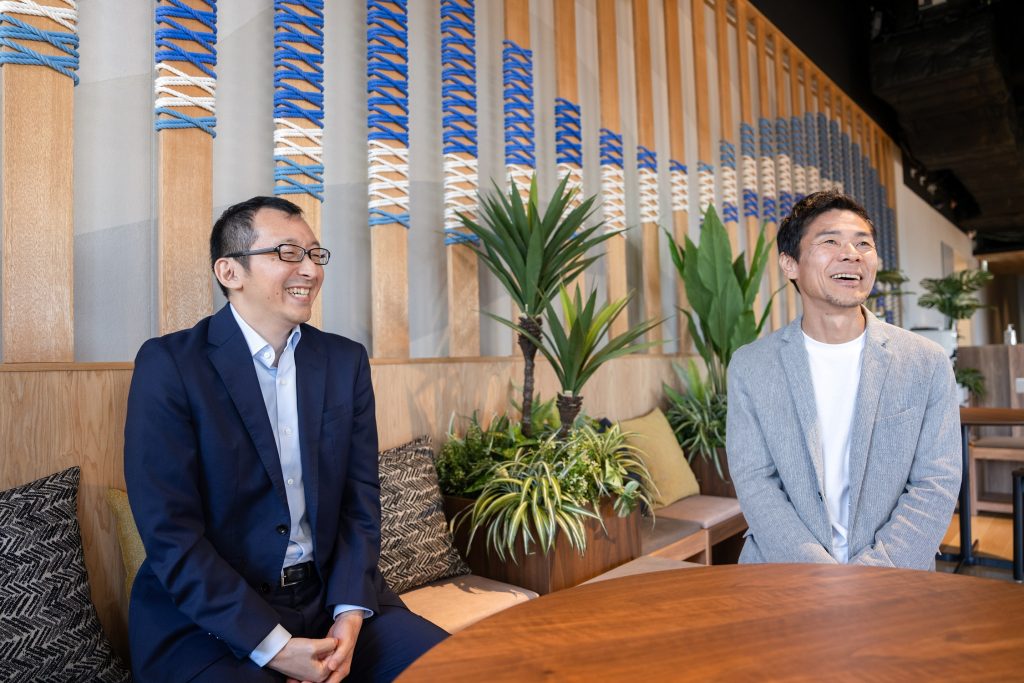
What kind of impression did you have when you actually worked at Link Lab?
Kidswell BioMitani: Thanks to you, we were able to achieve all the objectives up to the point of moving in. We were able to secure excellent staff, and the location is as imagined. The facilities are also sophisticated, the corridors and the laboratory are bright, and there is no lab-likeness in a good sense. I think it's a very good design. With good access to transportation and easy access to the Shinkiba Lab from our head office in Kayabacho (Chuo-ku), our head office staff often visits Shinkiba Lab to meet with research staff.
Kidswell Bio-Korin: I was able to communicate smoothly between the research base on the Hokkaido University campus and the head office in Tokyo, but if I wanted to set up a new laboratory in Tokyo, I didn't want to make a physical distance as much as possible between the head office. In Shinkiba, you can transfer the Hibiya Line and Keiyo Line from Kayabacho, where the head office is located, and you can go immediately. By avoiding physical distances as much as possible, we made it possible for the head office staff and newly hired research staff to cooperate smoothly.
Furthermore, please tell us about the roles you expect from Mitsui Link Lab and LINK-J.
Kidswell Bio-Korin: Our business is not limited to Japan only, but we hope to expand overseas, such as the United States. For this purpose, networking with overseas biotechs, pharmaceutical companies and VCs is also essential. We look forward to your continued support in such a situation. Of course, we would like to participate in various events and expand our network further.

